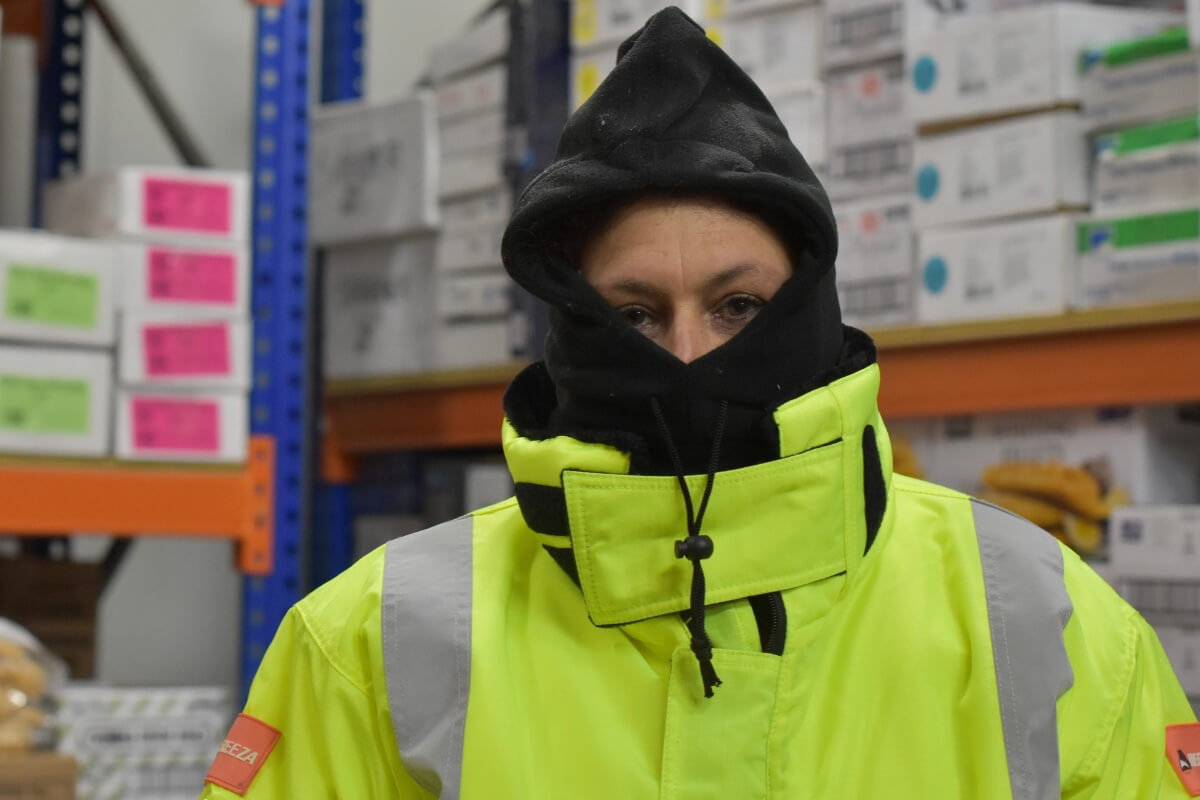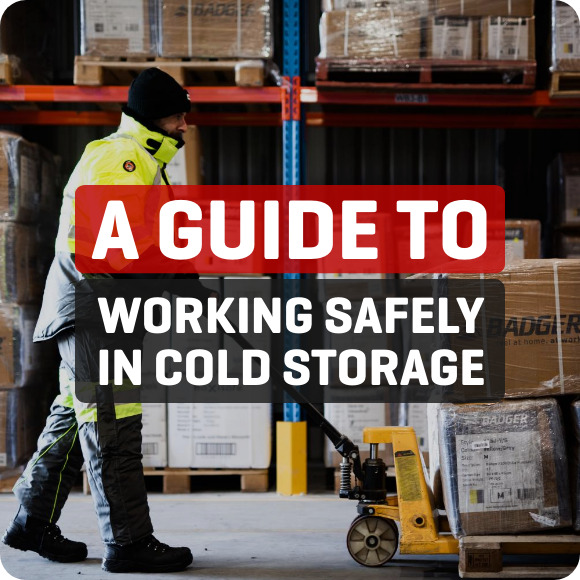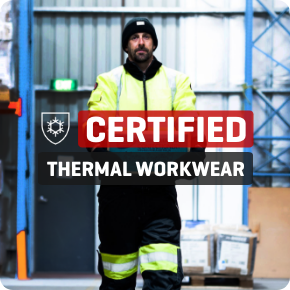

Working in freezing temperatures seems to just make everything a little bit harder. Your fingers aren’t as flexible, you can’t stay still for too long and its hard to stay comfortable – you’re either too cold or too hot!
Despite these inconveniences, the cold storage industry employs thousands of willing workers who find the role rewarding thanks to the generous pay and the high-paced, team-centric work environment.
Obviously, working in sub-zero temperatures can pose a serious threat to your health in the short-term (while you’re on shift). We’ve all seen those graphic frost-bite images! The effect the cold can have on your health in the long-term is less clear. This article will uncover the possible future implications of working in freezing temperatures, and how you can protect yourself against them today.
The good news is that despite the risks involved, if best practices are followed working in cold environments is not hazardous to health and can be a rewarding and long-term job role!
How cold is too cold?
Your body regulates its core temperature according to the environment you’re in, so it stays at 37°C. A drop of just one or two degrees can lead to hypothermia, or even death! This means we’re most comfortable working in environments between 15 and 20°C without any protective clothing. If you’re working in temperatures below 10°C, cold injury becomes a threat. Check out Badger’s Thermazone guide to identify which rating of clothing you need to stay safe and warm.
Taking warm up breaks is one way you can ensure your core body temperature is regulated at a safe level. Read more about these here.
How does your body respond to the cold?
Your body responds to the cold to reduce heat loss in several ways:
- By constricting the blood vessels in the skin and extremities (fingers/toes) to keep your core as warm as possible.
- By increasing the metabolic heat product rate, either by physical work you are doing, or by shivering. Shivering is an indifferent way of increasing your heat production though, as it increases oxygen consumption and reduces your effectiveness.
Learn more about how the body responds in this article.
Are there any health benefits of working in the cold?
There are a couple of articles that claim to some theoretical (and arguable) health benefits that working in freezing temperatures offer. One reckons it helps you sleep better, and another states it helps you burn brown fat.
However, there is not any scientific and reliable research to prove any significant health benefits for working in the cold!
What are the short-term risks of working in Cold Storage?
While this post is focused on the long-term health implications of working in the freezing temperatures of cold storage, we thought it’s important to cover off on the short-term health and safety risks again. You can read more about these in this post.

Frostnip or Frostbite occurs when the fluids in the body tissues actually freeze, causing permanent damage to the skin. Body parts at the most risk to this are the extremities; fingers, toes, the nose and the ear lobes. Early symptoms of frostbit include tingling, stinging or aching in the affected areas, followed by numbness.
Hypothermia is where your body temperature decreases significantly (below 35°C) and can lead to death. Early symptoms include confused thought processes, loss of general motor control, slurred speech, aggressive shivering and a perception the victim feels hot. Hypothermia is rare in cold storage however and can be avoided through protective clothing that is adequate, and importantly, not damp or wet.
Trench Foot is more common amongst fishermen than in cold stores, but is a condition caused by continuous exposure to wet, cold environments. Spasms in the blood vessels in the foot stop the blood’s circulation in the foot, which can cause muscular damage.
Cold and Flu are caused by viral infections and not by the cold conditions as such. However, the cold does suppress your immune system as the blood flow is focused on your core body.
What are the long-term risks of working in Cold Storage?
Tissue damage from the cold (such as frostnip or frostbite) obviously can have long term effects on your health. The use of your fingers, toes and limbs can be impaired for life, as severe tissue damage cases can require amputation!

Asthma can be worsened and aggravated by cold and damp weather conditions. Also, freezer air is very ‘dry’, which can irritate asthma sufferers.
Arthritis can be aggravated by the cold, as blood flow is restricted to the extremities. This can lead to painful inflammation in the joints, especially if they’re load bearing. Research has shown the neck and low back are especially susceptible to musculoskeletal complaints in the cold.
The accident rates increase in freezing temperatures, because your performance is not at its peak, meaning you tire more quickly and can lose concentration more easily.
Heart related conditions can be increased, because the heart is put under extra strain as blood flow is focused on the core.
If best-practices are followed and you are protected with good quality thermal gear, like Badger’s industry leading range, every time you step in a cold store, working in freezing temperatures is not hazardous to your short or long-term health. However, it is worth considering the possible long-term health risks, to emphasize the importance of wearing thermal PPE that works and will keep you safe and warm.



